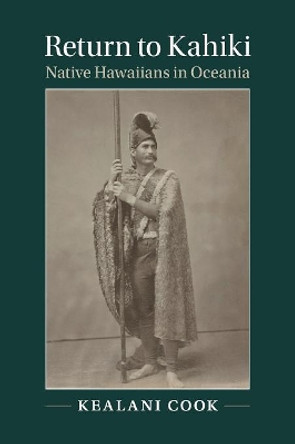Description
After being developed over three decades among both native and non-native intellectuals close to the Hawaiian court, King Kalakaua's government started implementing this vision in 1887 by concluding a treaty of confederation with Samoa, a first step toward a larger Hawaiian-led pan-Oceanian federation. Political unrest and Western imperialist interference in both Hawai'i and Samoa prevented the project from advancing further at the time, and a long interlude of colonialism and occupation has obscured its legacy for over a century. Nonetheless it remains an inspiring historical precedent for movements toward greater political and economic integration in the Pacific Islands region today.
Lorenz Gonschor examines two intertwined historical processes: The development of a Hawai'i-based pan-Oceanian policy and underlying ideology, which in turn provided the rationale for the second process, the spread of the Hawaiian Kingdom's constitutional model to other Pacific archipelagos. He argues that the legacy of this visionary policy is today re-emerging in the form of two interconnected movements - namely a growing movement in Hawai'i to reclaim its legacy as Oceania's historically leading nation-state on one hand, and an increasingly assertive Oceanian regionalism emanating mainly from Fiji and other postcolonial states in the Southwestern Pacific on the other. As a historical reference for both, nineteenth-century Hawaiian policy serves as an inspiration and guideline for envisioning de-colonial futures for the Pacific region.
About the Author
Lorenz Gonschor is associate dean and senior lecturer in Pacific studies at Atenisi University, Nukualofa, Kingdom of Tonga.
Book Information
ISBN 9780824888299
Author Lorenz Gonschor
Format Paperback
Page Count 256
Imprint University of Hawai'i Press
Publisher University of Hawai'i Press
Weight(grams) 408g



